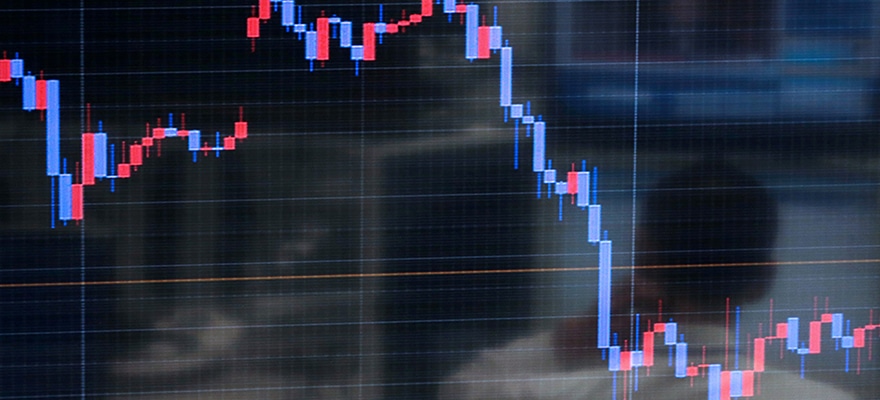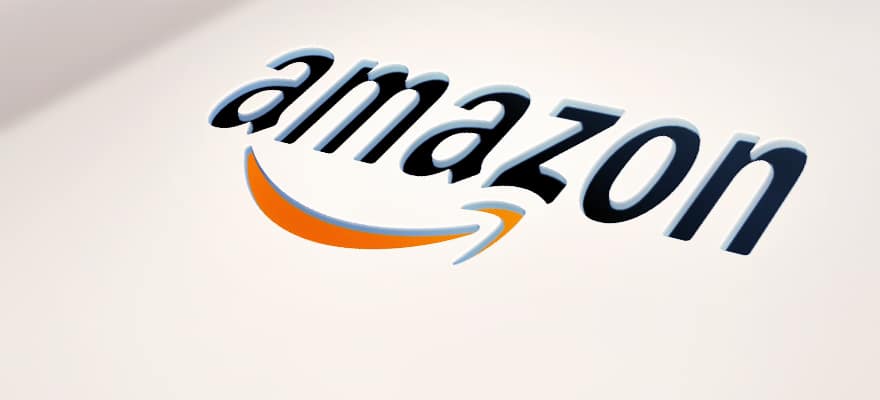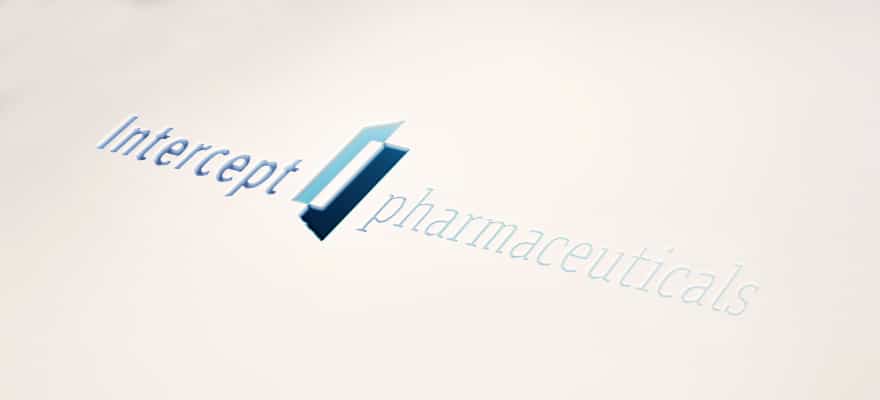Google unveiled a number of new additions to its mobile operating system Android this past week at this year’s Google I/O developer conference.
The highlight of the event was the release (currently in a developer preview) of Google’s new mobile OS called Android L. The new version of the Android operating system, beyond a refreshed design and usability, does not present any new features as with the tap & pay option added in Google’s last update, KitKat.
Alongside Android L, Google unveiled its wearable version of Android appropriately called Android Wear. The conference showcased the new wearable operating system on smart-watches developed by LG, Samsung, and Motorola. In order to show developers present at the conference the possibilities with Android Wear, Google went to Ecommerce for a demonstration.
An early Android Wear compatible version of takeout ordering application Eat24 took center stage by completing a pizza order in less than 30 seconds. The Android Wear powered smart-watches serve as an extension for Android powered devices, acting as a interactable second screen for compatible applications.
In typical fashion, a day after the Android Wear announcement, global payment platform PayPal released a beta preview of the next iteration of its Android application adding a feature called PayPal Wear. PayPal also was first to release a wearable version of its application during the launch of Samsung’s Gear2 smartwatch.
As Android Wear devices and SDKs are now available to consumers and developers, we should be seeing more mobile payment applications taking the leap to the smaller screen as popularity and adoption increases.
There have been quite a few Ecommerce and Mcommerce driven based applications for a wide range of smartwatches. From the Samsung Tizen powered Gear 2 and the Pebble smartwatch, and even other wearables like Google Glass got the mobile payment treatment. The introduction of standardized operating system for wearable devices by Google, and the heavily rumored iWatch suspected to be released this fall by Apple, should open the floodgates to more consistent cross-platform payment based applications.

















